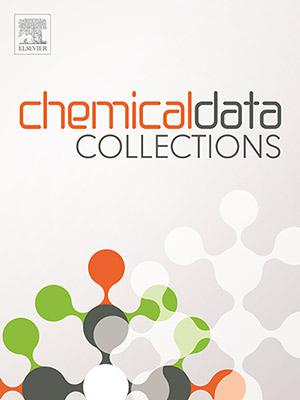电凝处理甜菜工业酒糟液电极材料(铝和不锈钢)的比较研究
IF 2.7
Q2 Chemistry
引用次数: 0
摘要
工业废水的处理在技术上取得了重大进展。在这些行业中,糖蜜行业已成为全球增长最快的经济部门之一。所产生的工业废料,特别是酒糟,含有丰富的有机物质,其污染程度远远超过地表水的可接受排放标准。本研究采用电凝技术处理酒糟,采用铝和铁电极。采用0.01、0.025和0.05 A/cm²的电流密度来评估它们处理酒糟废水的效率。工作参数,如pH,电导率和电极溶解动力学监测。在0.05 A/cm²下,两种电极都获得了很高的衰减率。铝电极和铁电极的浊度分别降低了64%和61%,化学需氧量分别降低了69%和72%。在8小时内监测电极的溶解动力学表明,减少电解时间和增加电流密度可以达到相似的效率水平。处理后的水经过部分处理,需要进一步的生物处理以达到排放标准或安全再利用。本文章由计算机程序翻译,如有差异,请以英文原文为准。
Comparative study of electrode material (aluminium and stainless steel) for treatment by electrocoagulation of Vinasse liquid from sugar beet industry
The treatment of industrial wastewater has seen significant advancements in technology. Among these industries, the molasses sector has become one of the most rapidly growing economic segments worldwide. The industrial waste generated, particularly vinasse, is rich in organic matter and exhibits pollution levels that far exceed acceptable discharge standards for surface waters. This study focuses on treating vinasse using the electrocoagulation technique, employing aluminum and iron electrodes. Current densities of 0.01, 0.025, and 0.05 A/cm² were applied to assess their efficiency in treating vinasse effluent. Operating parameters such as pH, conductivity, and electrode dissolution kinetics were monitored. High abatement rates were achieved at 0.05 A/cm² for both electrode types. Turbidity was reduced with an efficiency of 64 % for the aluminum electrode and 61 % for the iron electrode, while the chemical oxygen demand was decreased by 69 % and 72 %, respectively. Monitoring the dissolution kinetics of the electrodes over 8 h demonstrated that similar efficiency levels could be achieved with reduced electrolysis time and increased current density. The treated water was partially treated and requires further biological treatment to meet discharge standards or for safe reuse.
求助全文
通过发布文献求助,成功后即可免费获取论文全文。
去求助
来源期刊

Chemical Data Collections
Chemistry-Chemistry (all)
CiteScore
6.10
自引率
0.00%
发文量
169
审稿时长
24 days
期刊介绍:
Chemical Data Collections (CDC) provides a publication outlet for the increasing need to make research material and data easy to share and re-use. Publication of research data with CDC will allow scientists to: -Make their data easy to find and access -Benefit from the fast publication process -Contribute to proper data citation and attribution -Publish their intermediate and null/negative results -Receive recognition for the work that does not fit traditional article format. The research data will be published as ''data articles'' that support fast and easy submission and quick peer-review processes. Data articles introduced by CDC are short self-contained publications about research materials and data. They must provide the scientific context of the described work and contain the following elements: a title, list of authors (plus affiliations), abstract, keywords, graphical abstract, metadata table, main text and at least three references. The journal welcomes submissions focusing on (but not limited to) the following categories of research output: spectral data, syntheses, crystallographic data, computational simulations, molecular dynamics and models, physicochemical data, etc.
 求助内容:
求助内容: 应助结果提醒方式:
应助结果提醒方式:


